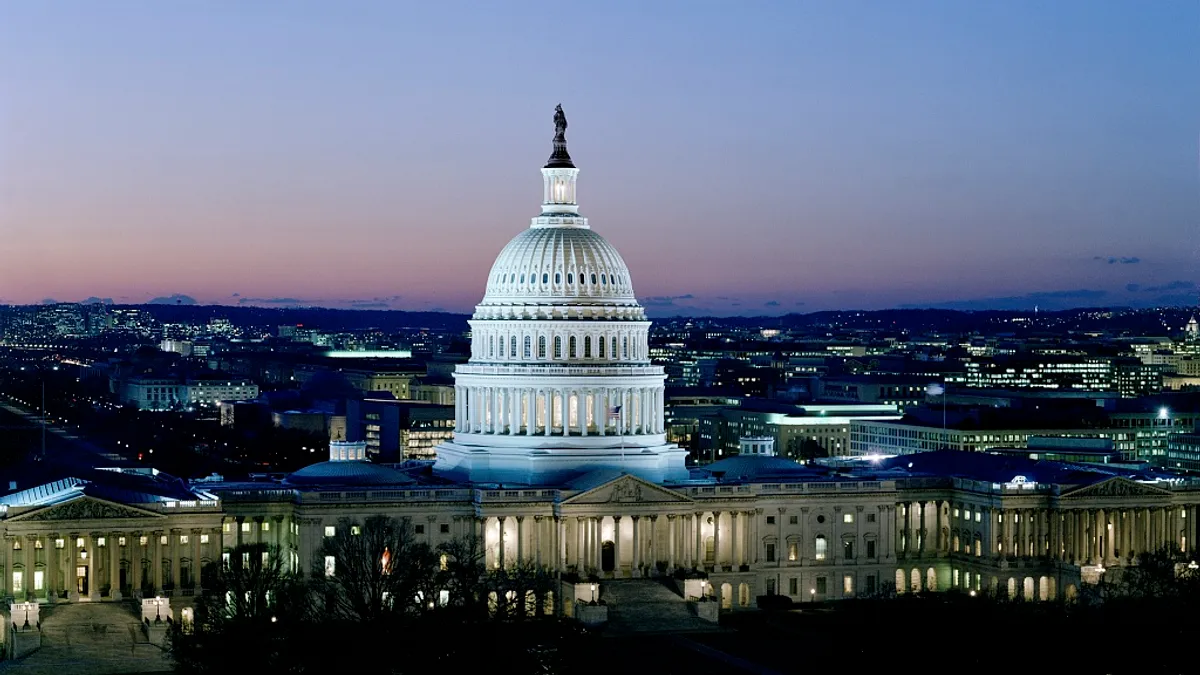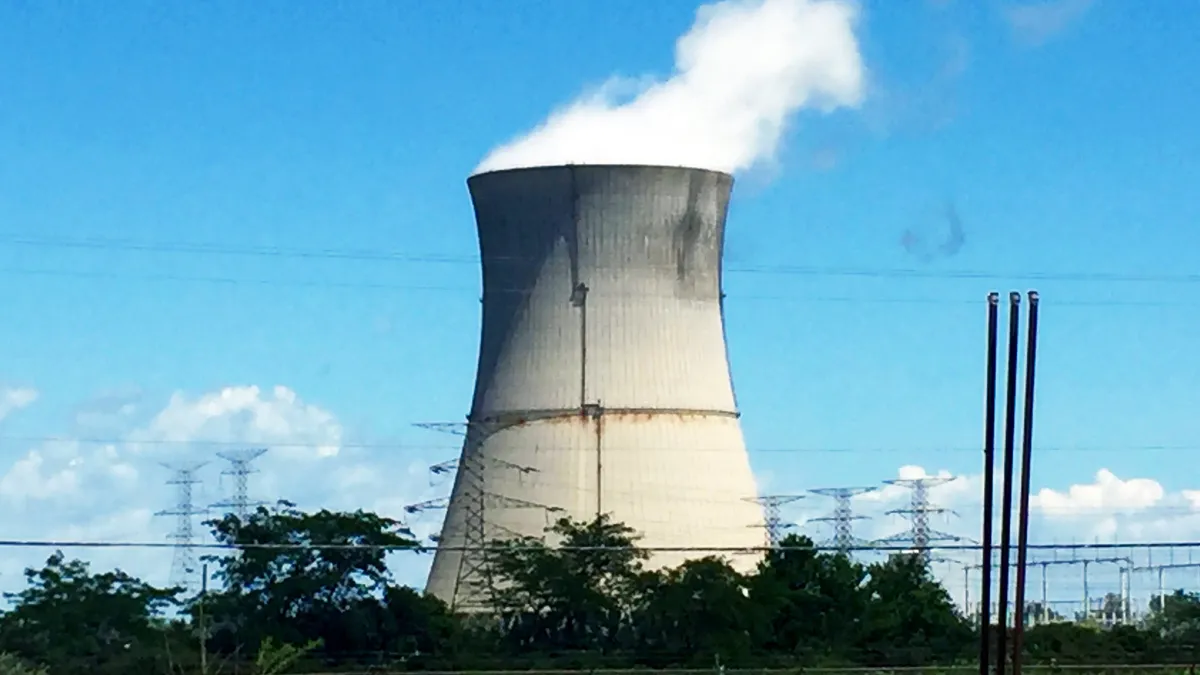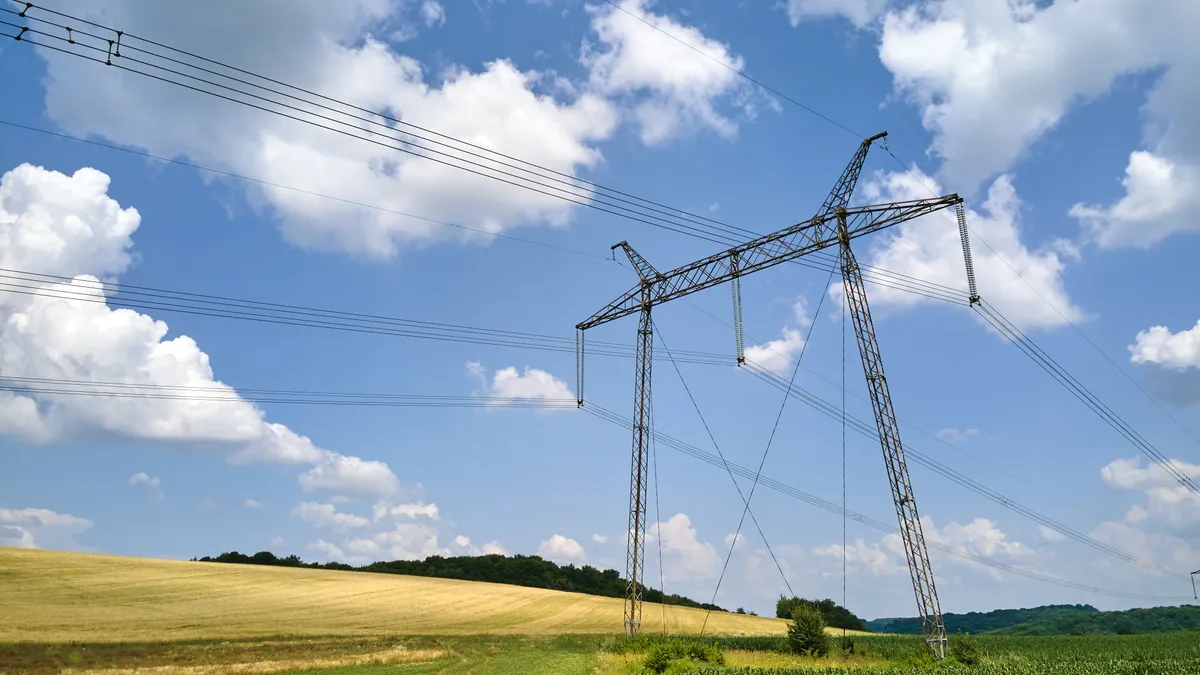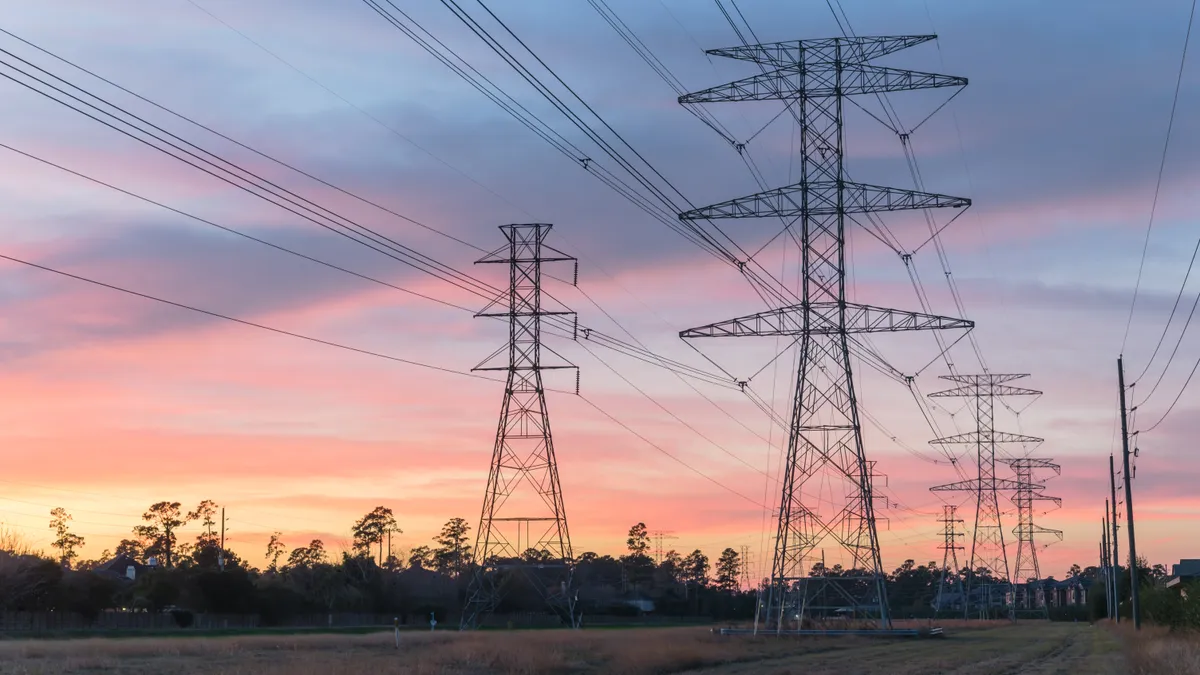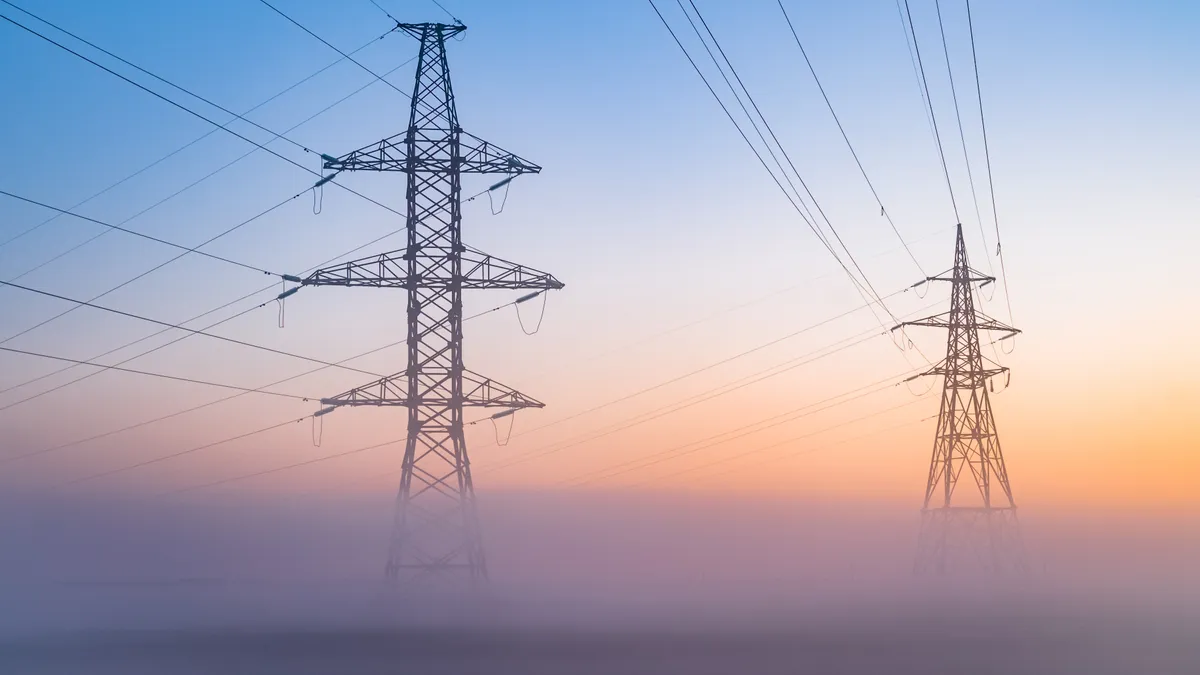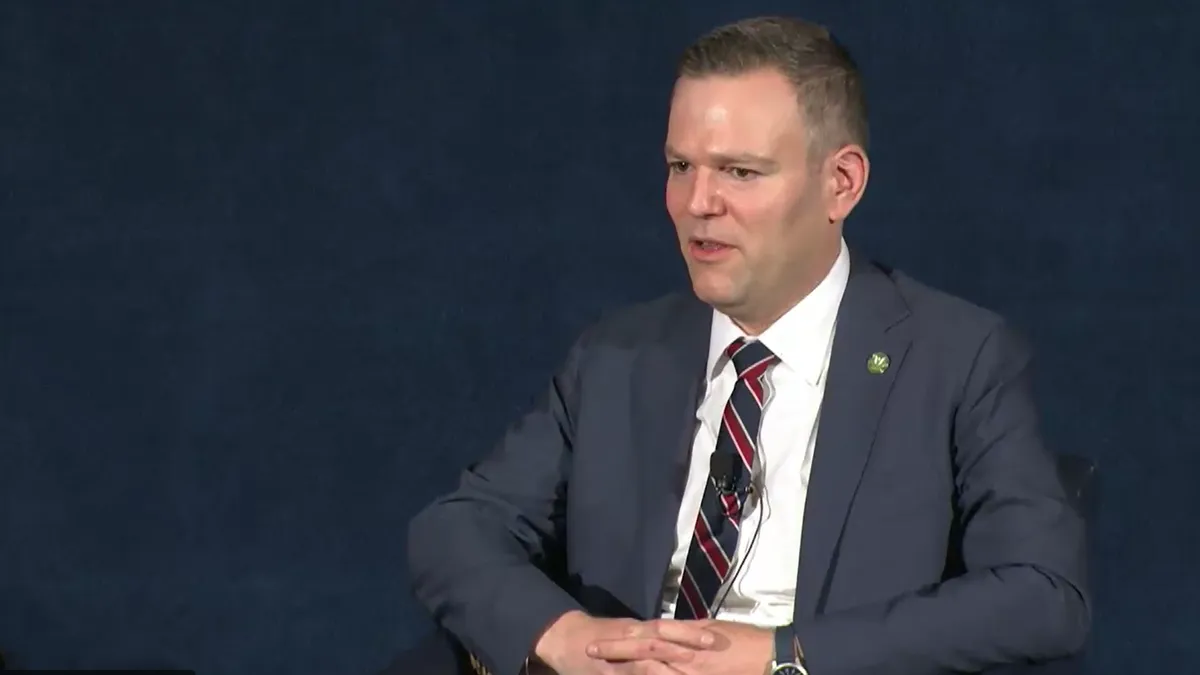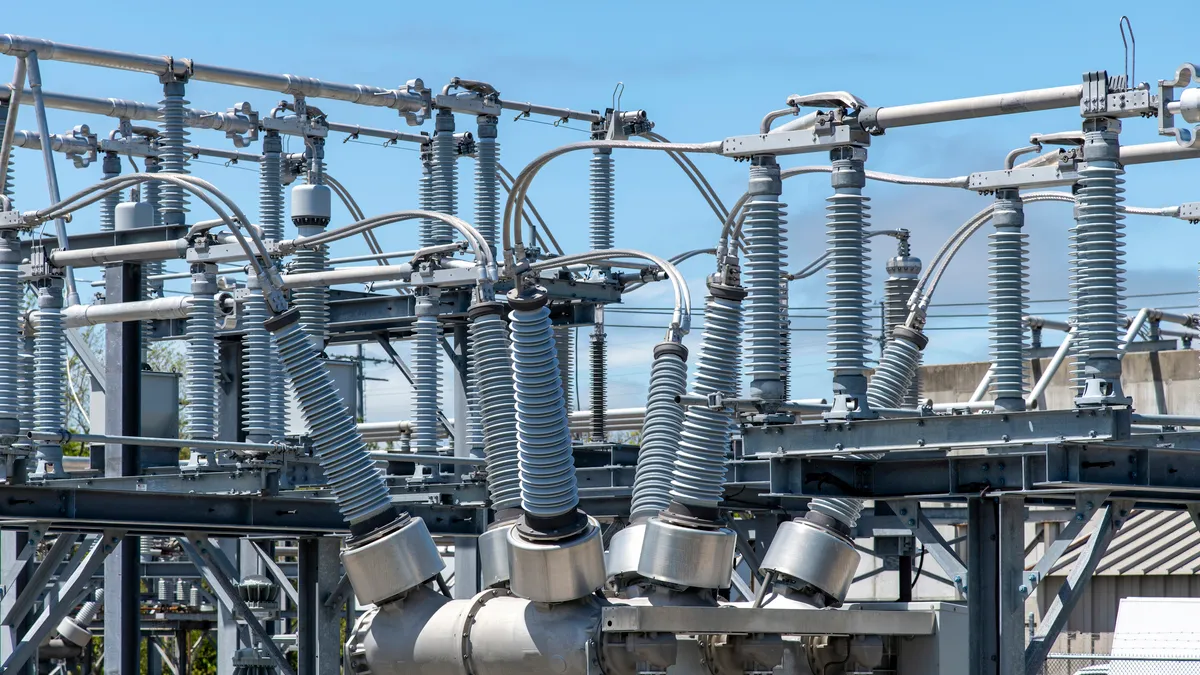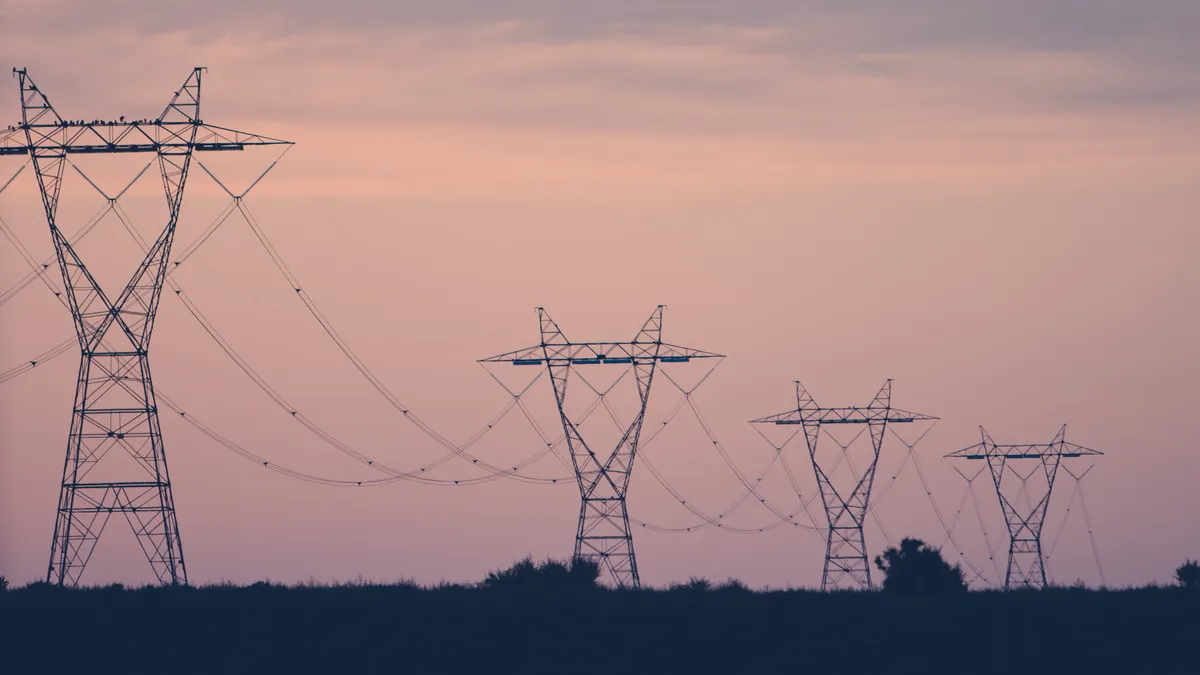With the Clean Power Plan dominating the headlines this week, it may go unnoticed that the legislative logjam in Washington energy politics might be about to break.
A bipartisan energy bill — the first in nearly a decade — was sent to the senate floor late last week thanks to a bipartisan, 18-4 vote to the Senate floor by a usually divided Senate Energy and Natural Resources Committee.
Sens. Lisa Murkowski (R-AK), the committee’s chair, and Maria Cantwell (D-WA), the ranking member, intentionally worked uncontroversial, if uninspiring, amendments into the bill in committee and left the most contentious debates to the floor fight. The goal, both senators’ staffers say, was to craft legislation that could get through both houses and win the president’s approval.
“Bipartisan bills are compromises. Each side has to give on things that if they were in charge of the world they would not include,” said Rosemarie Calabro Tully, Cantwell staffer and press secretary for the energy committee. “We acknowledge the bill could use improvements.”
Robert Dillon, a Murkowski staffer and communications director for the committee, agreed.
“Certainly the bill doesn’t represent everything Senator Murkowski would have done if she wrote the bill on her own, and I am sure the same goes for Senator Cantwell,” he said.
Congress has not passed an energy policy bill since 2007, he explained, so Senators Murkowski and Cantwell chose to focus on areas of bipartisan agreement for the bill, called "The Energy Policy Modernization Act of 2015."
“This represents a middle, where policy changes can be made,” Dillon said. “Tellingly, the White House has not issued a veto threat to the bill."
Murkowski and her GOP allies could have put together a Republican "wish list" and pushed it out of committee, "but it would have faced an uphill battle on the floor because everything has to have 60 votes," Dillon said.
"Senator Murkowski is looking at the world of possible,” he said.
What's in the bill for the power sector
The 350-plus page bill has five sections, called titles, on Efficiency, Infrastructure, Supply, Accountability, and Conservation Reauthorization.
Within the titles, there are mostly pilot program proposals or limited funding for important, but not landmark programs.
But mixed in, there are a few noteworthy and contentious provisions for the power sector.
Titles I & II
In the first title, objections have been raised by environmentalists to Section 1015, which repeals the phase-out of fossil fuel use in federal buildings by 2030. It was put in place by the Energy Independence and Security Act of 2007, the last bipartisan energy bill to be signed by the president.
There also non-controversial provisions in the first title that expand customer access to utility-provided efficiency services.
The most controversial part of the bill may be Section 2201, in the second title on infrastructure. It requires a Department of Energy ruling on any application to export liquified natural gas (LNG) to a non-free trade agreement country within 45 days of the completed Federal Energy Regulatory Commission (FERC) review.
That may be a big boost to the natural gas industry, but Murkowski did not push for any other significant provisions supporting the oil and gas sector, in deference to Cantwell.
“Having the Ranking Member support the bill improves its chances of final passage on the Senate floor,” Dillion explained. “We are not interested in doing a messaging bill. That is easy. Senator Murkowski worked very hard to craft legislation that Senator Cantwell could support. She chose to move issues like oil exports and revenue sharing in separate legislation, to give the bipartisan bill its best chance.”
An amendment from Senator Elizabeth Warren (D-MA) calling for further study on LNG exports may ultimately temper the provision, if it can win enough support to be added in the final bill.
Title II, which focuses on infrastructure, was largely led by Cantwell and primarily contains provisions she is “most proud of” that were “in desperate need for being advanced,” Calabro Tully said.
She specifically noted “a $500 million, ten-year RD&D grid storage program (Section 2301), and studies, demonstrations, and planning for grid modernization, advanced grid architecture, microgrids, and distribution system and cyber-security upgrades (Sections 2302, 2303, 2304, and 2307, respectively).
“Senator Cantwell believes we need to modernize our energy infrastructure and bring it into the 21st century so we can more seamlessly integrate clean energy technologies,” Calabro Tully said. “That should have started yesterday. These provisions, and some in other titles, need to be moved.”
Title III
Though distributed generation is among the most urgent of supply side topics for utilities and energy providers, there is no agreement between Republicans and Democrats about how handle it, Dillion said.
The bill’s only mention of it is Section 2310’s requirement that “Transmission Organizations” report on “barriers to the deployment of distributed energy systems and micro-grid systems, as well as potential changes to the operational requirements for, or the charges associated with, the interconnection of these resources” to the FERC.
An amendment from Senator Angus King (I-ME) on distributed generation was withdrawn when the committee could not reach agreement on it. “That debate may come back up when the bill hits the floor,” Dillon said.
None of these provisions are likely to have a near-term impact on utility operations.
The general absence of controversy over the third title, covering energy supply, is indicative of its lack of ambitious programs. Even its provisions for coal and nuclear power have not drawn serious fire by opponents of those controversial generation sources.
“Senator Murkowski believes all of the above should include nuclear and oil and natural gas and coal, but she has chosen to keep this bipartisan,” Dillon said of Title III.
There is practically no mention of solar and wind energy, which could potentially prove controversial with chamber conservatives, but the bill includes some limited support for research on geothermal and the ocean energies.
There was strong objection to certain language in Section 3001, which would have expanded hydropower. But when environmentalists’ concerns about its threats to waterway heath were raised, that language was changed.
Title IV & V
Title IV includes grid security and cyber security provisions that might eventually but not immediately lead to programs that will impact utility operations.
Aside from the provision about LNG in Title II, the most controversial provision in the bill as it heads to the Senate floor is probably Section 4303. It allows the executive branch to waive protections of the environment imposed on generation, delivery, interchange, or transmission of electric energy in the event of any war or emergency that poses “an imminent threat to electric reliability.”
Through this provision, environmentalists fear, an administration hostile to an environmental regulation could grant broad and immediate amnesty from it and bypass any public rulemaking or regulatory process.
The permanent extension of the Land and Water Conservation Fund (LWCF) by Title V’s Section 5002 won praise from Sierra Club Lobbyist Radha Adhar. But, she added, “what we see in the bill as negative is far greater than the good it does.”
Stakeholder reactions
The natural gas industry was quick to applaud the committee.
“This is one of the most critical issues facing the natural gas industry, said Center for Liquefied Natural Gas Spokesperson Casey O’Shea. “Providing developers with greater certainty during the comprehensive approval process will help unlock billions of dollars of investment and create thousands of jobs for Americans.”
The group called for senate passage so the U.S. “can begin to take full advantage of its plentiful natural gas resources.”
Section 3602’s “strong provisions to help train U.S. workers for the next generation of energy jobs,” was praised by the American Petroleum Institute.
A letter from eleven major environmental groups was less enthusiastic about the bill.
“Authoring a bill of such complexity in a bipartisan manner is a truly impressive accomplishment, but that does not justify removing key environmental protections,” agreed the Alaska Wilderness League, American Rivers, Clean Water Action, Defenders of Wildlife, Earthjustice, the Environmental Defense Fund, Friends of the Earth, Green Latinos, League of Conservation Voters, Natural Resources Defense Council, and Sierra Club.
With energy responsible for 84% of U.S. greenhouse gas emissions in 2013, “a responsible energy bill would also make it easier for the country to meet its climate goals,” the letter added. “Without a stronger vision for accelerating the development and deployment of clean energy resources this bill may prove a missed opportunity.”
“This is not the best bill possible but the people on the committee thought it was,” said Natural Resources Defense Council Government Affairs Associate Director Marc Boom. “We are trying to engage and make the bill the best it could be.”
“LNG is a big part of our concern,” Adhar said. “But LNG is not the only bad provision. Allowing the waving of environmental laws during a war is very problematic.”
Looking ahead
The first question about the bill’s fate is how the controversial amendments and issues avoided by the committee will be handled as they are brought forward on the senate floor.
“No one’s getting everything they want, for sure,” Murkowski told The Hill after the committee vote. Committe approval was, Senator Cantwell added, “the first step in the long but important journey.”
The next step, a debate on the floor, could be delayed during the fall session by debates on the Iran nuclear deal, the Clean Power Plan, funding for Planned Parenthood, and the budget.
The Republican lack of a filibuster-proof 60 votes may limit the changes Majority Leader McConnell and Chair Murkowski allow when it does get brought up.
“Its political prospects are the million dollar question,” Adhar said. “It shows good faith that Senator Murkowski didn’t put a repeal of the crude oil export ban into the bill, but we will be watching when it gets to the floor.”
“We are hopeful the bill can be improved,” Boom said. “But we have a lot of support on the Senate floor and, given what it is and could be, we hope there is enough support to stop it if necessary.”
Any debate over the Clean Power Plan, finalized by the Obama administration Monday, is likely to precede the Murkowski-Cantwell bill and could leave some hostility behind, especially if Republicans force a presidential veto to protect the EPA rule.
The King provision on distributed generation may provoke dissension as well. And an amendment on climate change from Sen. Bernie Sanders (I-VT), which Cantwell supported in a losing committee vote, could create real confrontation.
“Senator Cantwell agrees with Senator Sanders that reducing carbon pollution is absolutely key to America’s competitiveness and if we want to stay competitive internationally we have to find ways to integrate low carbon energy into our infrastructure,” Calabro Tully said.
The committee voting down Sanders’ amendment acknowledging that climate change is real, caused by humans, and in urgent need of action was “very discouraging,” Adhar said. “Real energy policy should make action on climate change a foundational principle. That is clearly not the case in this bill.”
That said, the permanent extension of LWCF is a “historic" provision, she added.
“Some stuff is really good. Other stuff is small steps in the right direction. And there is bad stuff,” she said. The efforts to improve grid reliability are admirable, but “climate change is the biggest threat to reliability.”
“We are at an inflection point in our energy policy," Boom said. “There is a lot more we could do to accelerate clean energy and energy efficiency without undermining protections for the environment.”
“Everybody can find something to complain about if they want to,” Dillon said. “Senator Murkowski’s goal is to move legislation that can pass the Senate and the House, be signed into law by the President, and improve the nation’s energy policies.”


